The Hackaday SuperConference is just eleven short days from now! We’ve put together a conference that is all about hardware creation with a side of science and art. Join hundreds of amazing people along with Hackaday crew for a weekend of talks, workshops, and socializing.
Below you will find the full slate of talks, and last week we revealed the lineup of hands-on workshops. We’ve expanded a few of the more popular workshops. If you previously tried to get a ticket and found they were sold out, please check again. We know many of you are working on impressive projects in your workshops, so bring them and sign up for a lightning talk at registration.
This is a gathering of people who make the hardware world go round, and that includes you. Apply now to attend the 2015 Hackaday SuperConference.
2015 Hackaday SuperConference Talks:
Shanni R. Prutchi
Construction of an Entangled Photon Source for Experimenting with Quantum Technologies
Minas Liarokapis
OpenBionics: Revolutionizing Prosthetics with Open-Source Dissemination
Fran Blanche
Fun and Relevance of Antiquated Technology
Danielle Applestone
Founding a hardware startup: what I wish I’d known!
Luke Iseman
Starting a Hardware Startup
Grant Imahara
Recapping Mythbusters and his Engineering Career follow by a Fireside Chat
Noah Feehan
Making in Public
Jeroen Domburg
Implementing the Tamagotchi Singularity
Sarah Petkus
NoodleFeet: Building a Robot as Art
Alvaro Prieto
Lessons in Making Laser Shooting Robots
Zach Fredin
You Can Take Your Hardware Idea Through Pilot-Scale Production With Minimal Prior Experience And Not Very Much Money, So You Should Do It NOW!!
Kate Reed
The Creative Process In Action
Oscar Vermeulen
PiDP-8: Experiences developing an electronics kit
Reinier van der Lee
The Vinduino Project
Radu Motisan
Global environmental surveillance network
David Prutchi
Construction of Imaging Polarimetric Cameras for Humanitarian Demining
Rory Aronson
Why great documentation is vital to open-source projects
Jonathan Beri
I like to move it, move it: a pragmatic guide to making your world move with motors!
Neil Movva
Adding (wearable) Haptic Feedback to Your Project
Dustin Freeman
The Practical Experience of Designing a Theatre Experience around iBeacons
Kay Igwe
Brain Gaming

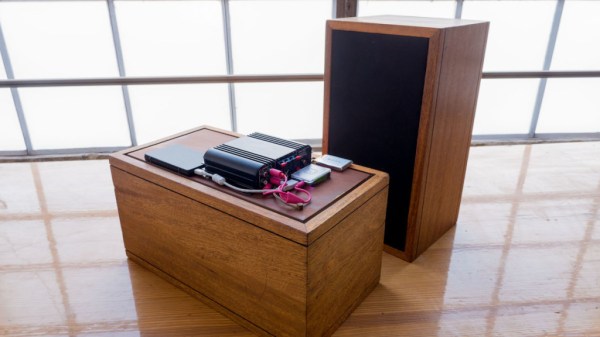
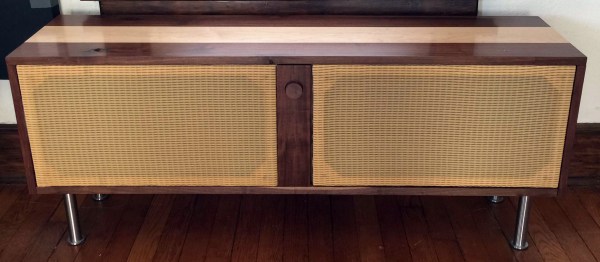

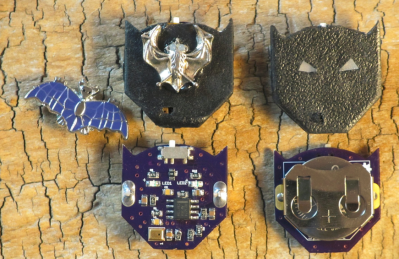

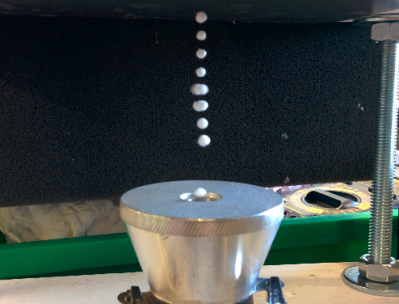
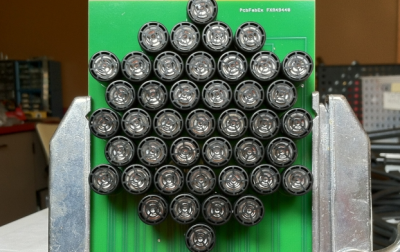


 [Elecia White]
[Elecia White] [Samy Kamkar]
[Samy Kamkar]
















